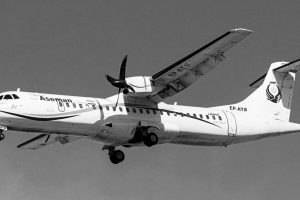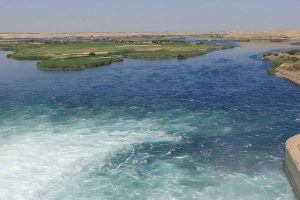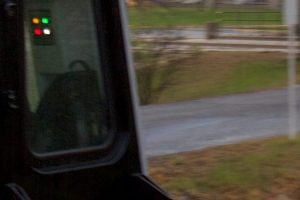Iran’s intelligence ministry on Thursday, June 8 identified five people suspected of carrying out twin attacks in the capital Tehran. Islamic State has claimed responsibility for Wednesday’s deadly gun and bombing attacks at parliament and a shrine to Ayatollah Ruhollah Khomeini.
Iran says the #TehranAttacks terrorists had entered the country last year under the leadership of Abu Ayeshe, the head of IS operations
— Rohollah Faghihi (@FaghihiRohollah) June 8, 2017
The five men traveled to fight with Islamic State in Mosul and Raqqa but returned to Iran in August, the ministry said.
Seventeen people died in the attacks and 52 others were injured. Forensics chief Ahmad Shojaei said three of those killed were women.
http://gty.im/693302276
Gender of the suicide bomber
The intelligence ministry identified the assailants by their first names – Abu Jahad, Ghayom, Fereidoun, Saryas and Ramin – and said their last names were being withheld out of consideration for their families’ privacy.
Police chief Brig. Gen. Hossein Ashtari said Thursday that one suspect was in custody and the others were dead. He said police killed two attackers at the shrine and one blew himself up.
Ashtari’s remarks contradict an interior ministry statement released late Wednesday. The ministry said the suicide bomber at the shrine was a woman, and a second attacker had been killed by police.
The interior ministry also reported that police and Revolutionary Guards (IRGC) killed three attackers in parliament while a fourth detonated a suicide vest.
Neither Ashtari nor the interior ministry clarified the apparent contradiction, but the attacker’s gender may have been misreported on Wednesday due to the assailants dressing as women.
First ISIS attack in Iran
Reza Seifollahi, undersecretary of the Supreme National Security Council, said the attackers were all Iranian nationals who joined Islamic State.
Wednesday’s attack is the first in Iran to be claimed by Islamic State. In April, the group released its first video on Iran, threatening the country’s leaders and calling on its Sunni population to carry out attacks against the state.
important read from April – What IS's first Farsi video tells us about the group's goals in Iran https://t.co/6BKTOwx2d3 via @MiddleEastEye
— Olivia Alabaster (@OliviaAlabaster) June 8, 2017
The Iranian intelligence ministry has announced several times that it thwarted attacks by ISIS and other militants, including one in October that targeted the Shia religious holiday Ashura. Last June, the ministry said it stopped a plot by Sunni militants to bomb Tehran and other cities.
Iran typically refers to Sunni militant groups collectively as Takfiri or Wahhabists.
Deputy head of Iran's National Security Council said security forces have foiled 58 similar attacks in recent years. #TehranAttack
— Bozorgmehr Sharafedin (@bozorgmehr) June 7, 2017
The interior ministry said Wednesday that the Tehran attackers returned to the country last August with orders to attack religious sties, but had escaped again after their network was dismantled. It identified their commander as Kurdish ISIS leader Abu Aisha al-Kurdi.
Both Iranian and Iraqi security forces have claimed credit for killing Kurdi, whose real name is Fazil Badr or Mohammad Ebrahimi.
In November, Iranian intelligence minister Mahmoud Alavi said Iranian intelligence forces called Ettelaat killed Kurdi and other militants while they were trying to cross the border from Iraq. Nine months earlier Iraq said soldiers killed Kurdi during a battle near Kharabardan village south of Erbil.
Separately, Rudaw news agency reported that he was killed in clashes in Iran on April 17, 2016. Pars News also reported Kurdi’s death, saying in September that he was killed “some time ago” in a border city in the mostly-Kurdish Kermanshah province.
In October, Al-Monitor columnist Ali Hashem pointed out that Islamic State announced the death of a member named Abu Aisha Al-Kurdi. In April 2016, Islamic State said Kurdi carried out a suicide bombing against Iraqi soldiers in Makhmour.
#Iran’s Min. of Intelligence: I am not yet able to say if #SaudiArabia played a role in #TehranAttacks https://t.co/dwR6pYGTlQ
— Bahman Kalbasi (@BahmanKalbasi) June 8, 2017
The IRGC has suggested Saudi Arabia was behind the attacks, saying in a statement on Wednesday it was “meaningful” the attacks came so soon after US President Donald Trump’s visit to Saudi Arabia, and accusing the kingdom of supporting Islamic State and other terrorist groups.
Suicide bombers and armed gunmen launch twin attacks in Iran




